Key Takeaways
Modern metal art sculptures redefine spatial experiences by merging materiality with light dynamics. These works leverage polished and textured surfaces to manipulate illumination, creating ever-changing interactions between form and environment. Stainless steel remains a cornerstone due to its durability and reflective properties, enabling artists to craft installations that respond to natural and artificial light sources.
| Feature | Impact on Spatial Design |
|---|---|
| Reflective Surfaces | Amplify light distribution |
| Textured Finishes | Generate intricate shadow patterns |
| Modular Compositions | Adapt to architectural scales |
Contemporary craftsmanship emphasizes precision engineering, allowing for seamless joints and fluid geometries. Techniques like laser cutting and hand-forging coexist, producing works that balance industrial rigor with organic Realistic sculpture aesthetics. Shadow play emerges as a deliberate design element, transforming static walls into dynamic canvases. Curated collections often integrate site-specific considerations, ensuring each piece harmonizes with its intended environment while offering scalability for residential, commercial, or public contexts.
The evolution of metal as an artistic medium reflects advancements in metallurgy and digital fabrication, enabling unprecedented textures and structural complexities. From brushed aluminum to oxidized copper, material choices now inform not only visual outcomes but also tactile engagement, inviting viewers to experience art through multiple sensory dimensions.
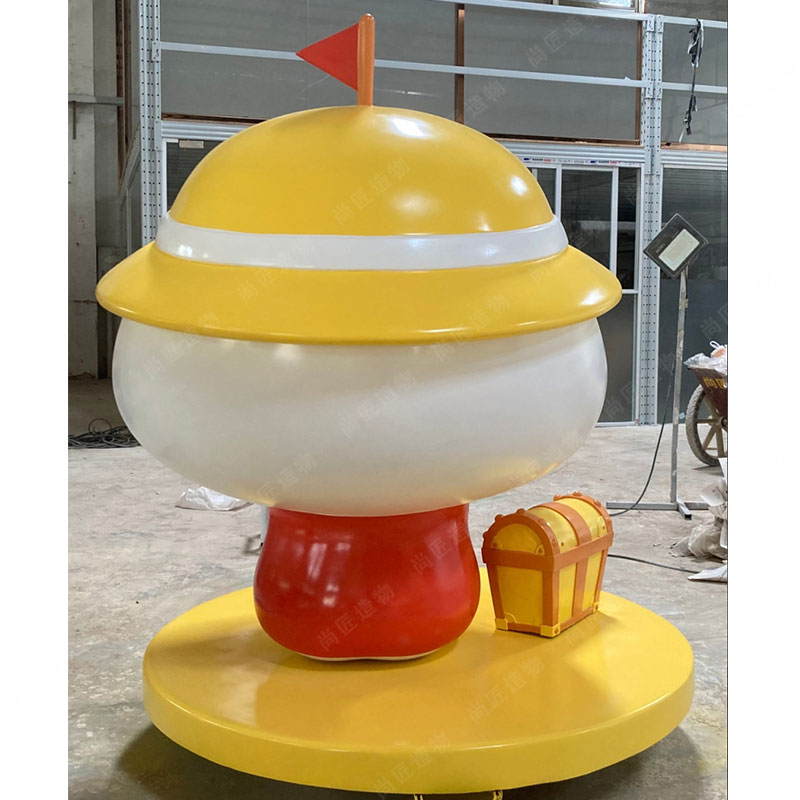
Metallic Light Dynamics in Modern Sculpture Art
Modern metal art sculptures harness light as an active collaborator, transforming rigid materials into fluid visual experiences. By manipulating reflective surfaces and angular geometries, artists create kinetic illusions where stainless steel or polished aluminum appears to shift with ambient lighting. This interaction extends beyond static forms—perforated metal panels cast intricate shadow patterns that evolve throughout the day, while brushed finishes diffuse artificial light into ambient glows.
Innovative techniques, such as laser-cut layering or mirrored composites, amplify this dynamic relationship. For instance, Cartoon sculpture designs often incorporate exaggerated contours to distort light playfully, blending whimsy with industrial precision. In architectural settings, large-scale installations use these principles to redefine spatial perception—corridors feel expansive under cascading metallic reflections, while lobbies gain rhythm through sequenced shadow grids. Such works demonstrate how metal’s inherent rigidity dissolves under strategic illumination, offering viewers an ever-changing dialogue between form and environment.
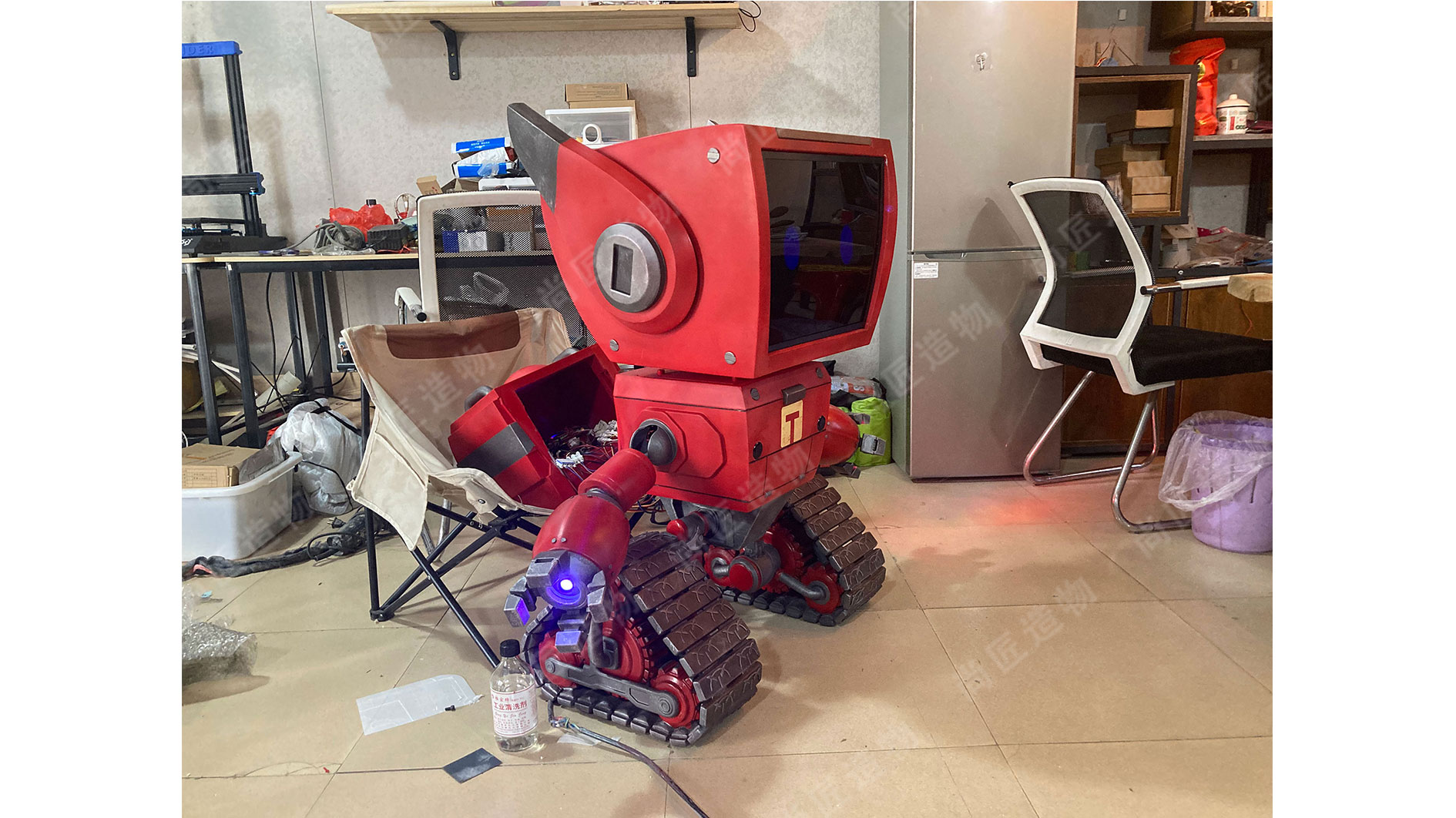
Contemporary Craftsmanship in Metal Wall Sculptures
Modern metal wall sculptures exemplify a fusion of technical precision and artistic vision, driven by advancements in fabrication methods. Artisans today employ laser cutting, hydraulic shaping, and robotic welding to achieve complex geometries that redefine traditional metalwork. These techniques enable the creation of layered textures and interlocking forms, which interact with ambient light to produce evolving visual effects throughout the day. For instance, brushed stainless steel surfaces catch and diffuse illumination, while oxidized copper panels introduce warm, organic contrasts.
The integration of digital design tools has further expanded possibilities, allowing artists to prototype intricate patterns before physical execution. This marriage of technology and hand-finishing ensures each piece retains a tactile quality, balancing industrial rigor with human touch. Such craftsmanship not only enhances architectural spaces but also complements other mediums—like Fiberglass sculpture—in multidisciplinary installations. By prioritizing both form and function, contemporary metal wall sculptures serve as dynamic focal points, adapting to diverse environments from minimalist offices to vibrant public venues.
Stainless Steel Installations Transforming Spatial Aesthetics
Stainless steel’s reflective surfaces and structural versatility have positioned it as a cornerstone of contemporary spatial design. Architects and artists leverage its durability and adaptability to craft installations that redefine environments—from corporate lobbies to public gardens. Unlike traditional materials, stainless steel interacts dynamically with light, creating shifting visual effects as daylight or artificial illumination grazes its polished planes. This interplay transforms static spaces into evolving experiences, where angular forms cast geometric shadows or curved surfaces diffuse ambient glows.
"Stainless steel doesn’t just occupy space—it converses with it," notes industrial designer Mara Voss. "Its ability to mirror surroundings while asserting its own form creates a dialogue between art and environment."
For those integrating Stainless steel sculpture into interiors, consider how scale and placement influence perception. A towering piece in an atrium can anchor a room’s aesthetic, while smaller wall-mounted works add subtle dimensionality. Tip: Pair installations with neutral backdrops to amplify their metallic luster, or contrast with organic textures like wood for visual tension. As these works blur boundaries between functional design and abstract art, they underscore metal’s evolving role in shaping human-centric spaces.
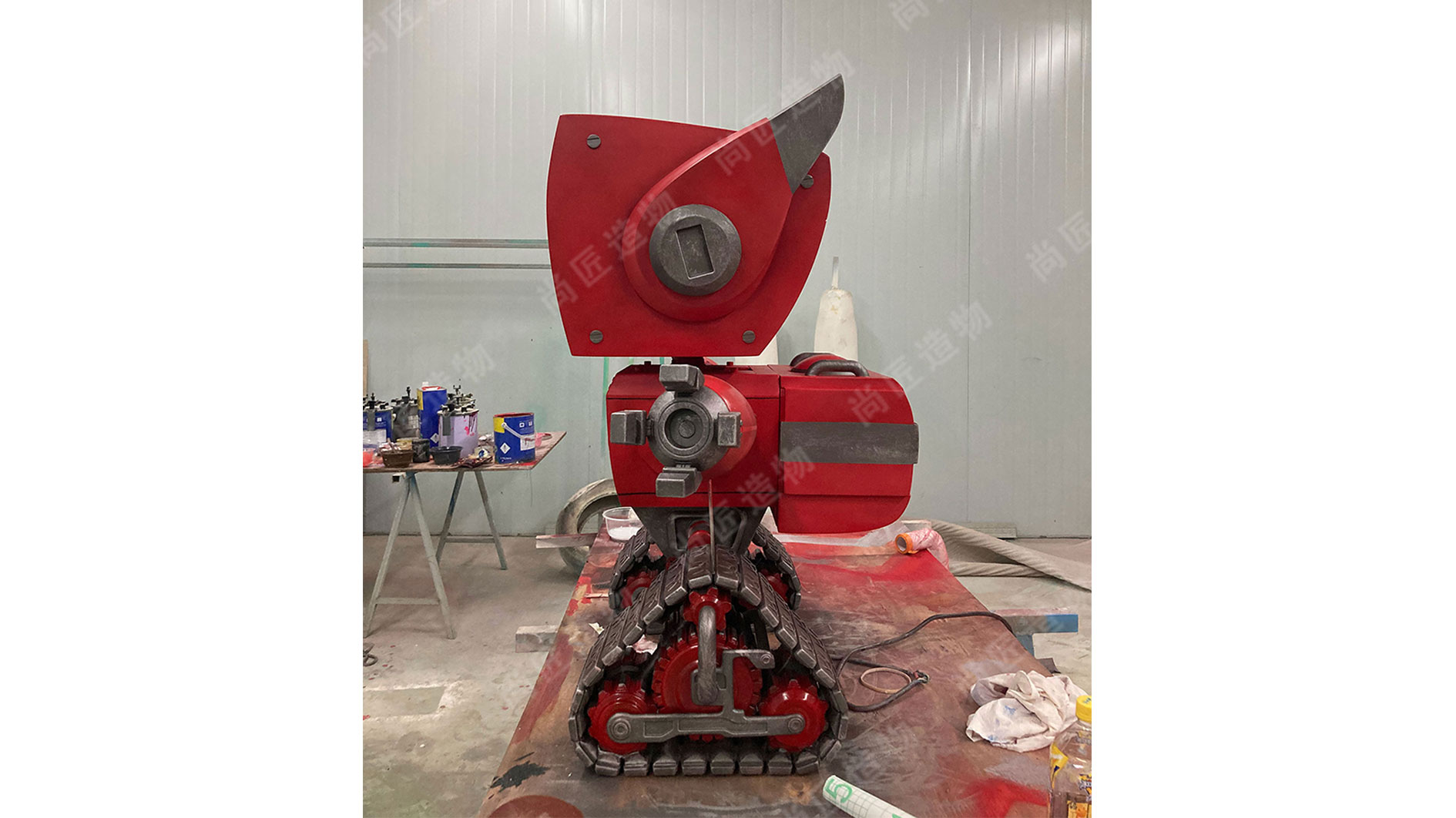
Shadow Play Techniques in Modern Metallic Artworks
The interplay of light and metal has become a defining feature of contemporary sculpture, with artists leveraging shadow play to add dimensionality and narrative to their works. By strategically shaping stainless steel, aluminum, or bronze surfaces, sculptors manipulate how light interacts with textured finishes, creating ever-changing patterns that evolve with ambient lighting. Angled edges, perforated designs, and polished curves act as conduits for light, casting intricate shadows that transform blank walls into dynamic canvases.
This technique not only enhances spatial depth but also invites viewers to engage with time-based transformations—morning sunlight might emphasize geometric rigor, while evening artificial lighting reveals softer, fluid motifs. For instance, IP character sculpture designs often incorporate layered cutouts that project figurative outlines, merging storytelling with environmental interaction. Such methods align with broader trends in metal art, where craftsmanship extends beyond physical forms to include the ephemeral "sculpture" of light and shadow. As a result, these works bridge static art and kinetic experience, reinforcing how modern metallic pieces redefine spatial perception through calculated illumination.
Curated Metal Art Collections for Unique Spaces
Curated metal art collections bridge artistic vision with architectural intent, offering tailored solutions for spaces seeking distinctive character. By blending form, material, and light dynamics, these collections transform environments—from corporate lobbies to private residences—into immersive experiences. Designers often prioritize pieces that harmonize with a space’s functional needs while introducing visual intrigue, such as abstract stainless steel panels that refract ambient light or geometric installations that cast evolving shadows.
A growing trend involves integrating site-specific works, where artists collaborate with architects to align sculptures with structural elements like staircases or atriums. For example, kinetic sculpture installations are increasingly featured in high-traffic areas, their moving parts creating rhythmic interactions with natural and artificial light. Galleries and curators now emphasize versatility, offering modular metal artworks that adapt to shifting spatial configurations. From brushed aluminum wall reliefs to oxidized iron floor pieces, these collections balance industrial authenticity with refined aesthetics, ensuring each piece resonates with its surroundings without overwhelming them.
The selection process often considers scale, texture, and light reflection properties, ensuring artworks enhance—rather than disrupt—a space’s inherent ambiance. Whether enhancing minimalist interiors or energizing transitional zones, curated metal art remains a strategic tool for redefining spatial narratives.
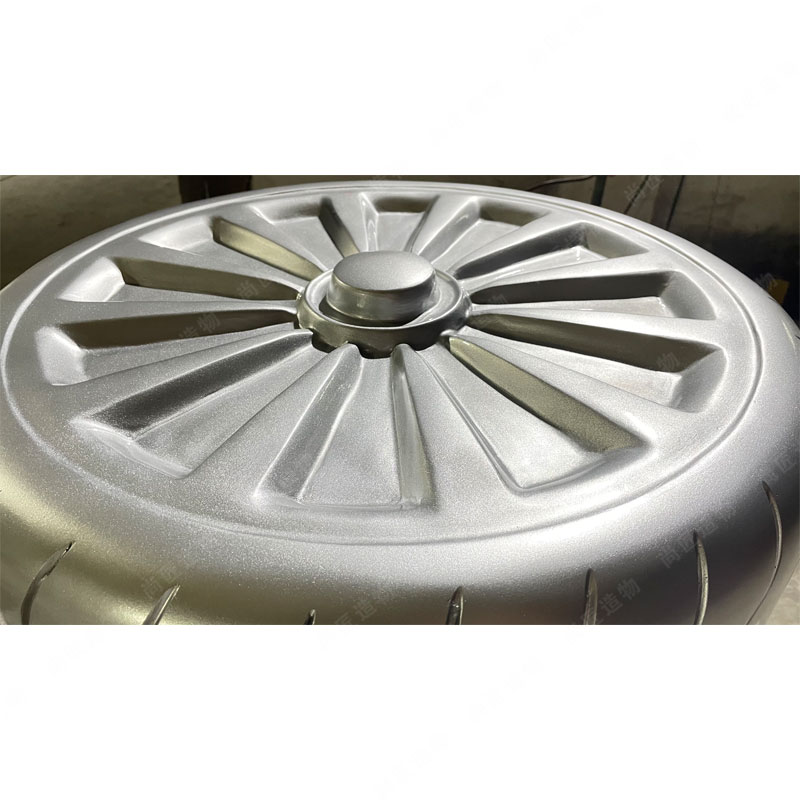
Evolution of Metal as Medium in Artistic Expression
Metal’s journey as an artistic medium reflects humanity’s technological and cultural shifts. Early civilizations used bronze and iron primarily for tools and weapons, but by the Iron Age, decorative metalwork emerged in ceremonial objects and architectural embellishments. The Industrial Revolution marked a turning point, introducing machinery that enabled precise shaping of steel and iron, allowing artists to experiment with structural complexity.
In the 20th century, modernism redefined metal’s role. Artists like Alexander Calder and David Smith pioneered welded steel sculptures, breaking from traditional casting methods. This shift emphasized abstraction and movement, aligning with industrial aesthetics. Today, advancements in laser cutting, electrochemical treatments, and alloy innovation empower creators to manipulate metal’s reflective qualities and durability. Stainless steel, for instance, has become a staple for outdoor installations due to its resistance to corrosion, while oxidized copper adds organic textures.
This progression mirrors broader artistic trends—from functional ornamentation to conceptual explorations of light, space, and materiality. As techniques evolve, metal remains a versatile canvas, bridging historical craftsmanship with futuristic visions.
Bespoke Metal Sculptures for Dynamic Interior Lighting
Custom metal sculptures have emerged as transformative elements in interior design, blending artistic vision with functional lighting solutions. By integrating LED systems within polished stainless steel or brushed aluminum forms, these pieces cast intricate patterns of light and shadow, adapting to ambient conditions. Designers often collaborate with artists to tailor dimensions, finishes, and illumination angles, ensuring each sculpture complements architectural features—whether enhancing minimalist spaces or adding focal points to sprawling lobbies.
The interplay between material and light is carefully calibrated. For instance, perforated metal panels filter light to create kinetic wall projections, while curved surfaces diffuse warmth across rooms. Such sculptures not only serve as standalone art but also redefine spatial perception, making compact areas feel expansive or softening stark industrial environments. Clients increasingly prioritize modular designs, allowing reconfiguration as spaces evolve. This adaptability, paired with sustainable metal alloys, positions bespoke metalwork as both an aesthetic and practical investment for dynamic interior narratives.
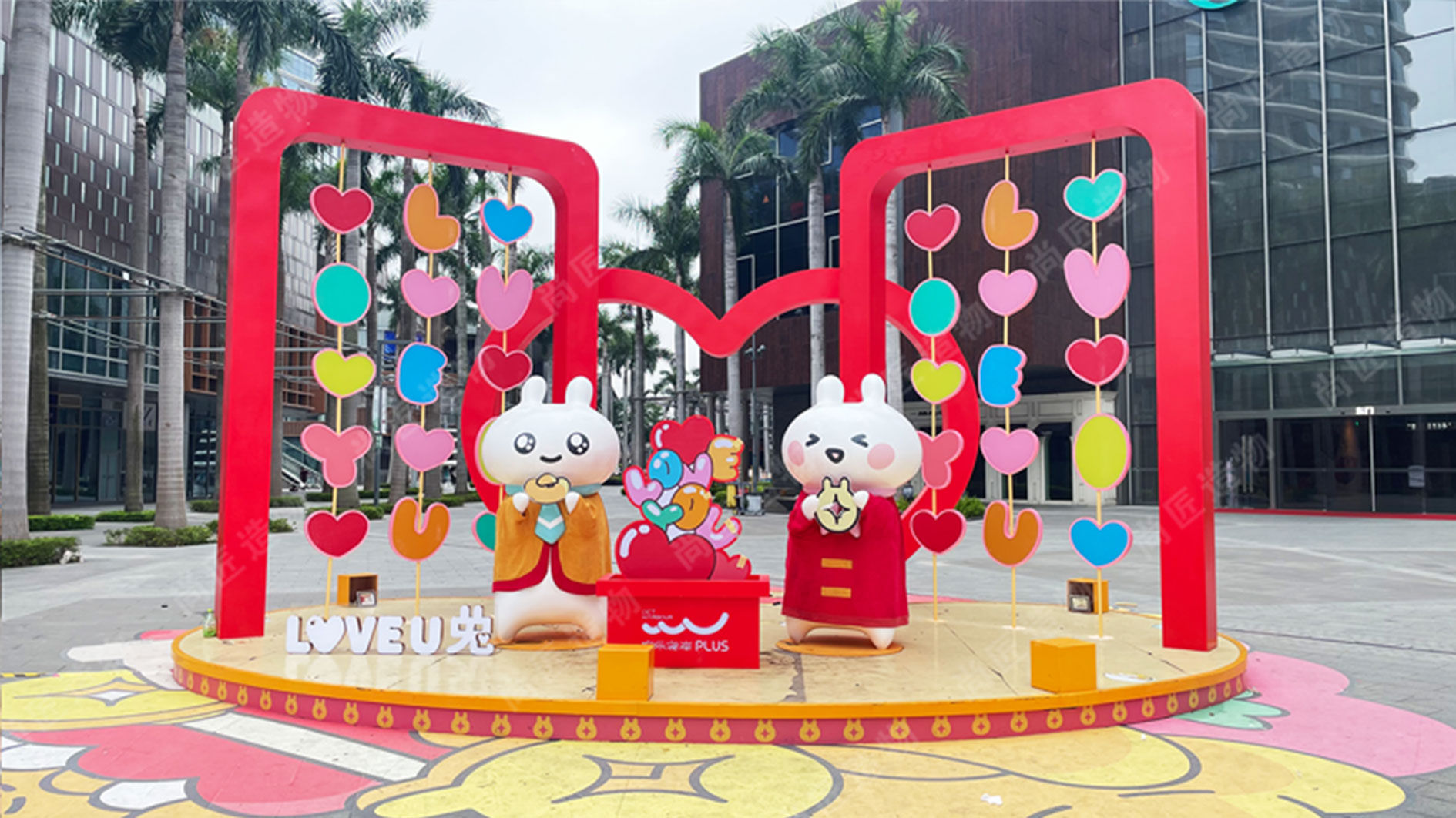
Innovative Textures in Modern Metallic Wall Decor
Modern metallic wall decor has evolved beyond smooth, uniform surfaces, embracing textures that challenge traditional perceptions of metalwork. Artists now employ techniques like laser etching, layered welding, and hand-hammered finishes to create dimensional patterns that interact uniquely with ambient light. These textured surfaces transform flat walls into dynamic canvases, where brushed steel catches daylight in soft gradients, while oxidized copper panels develop organic patinas over time.
The interplay between texture and material science is critical. For instance, stainless steel might be treated with micro-perforations to scatter light, whereas forged iron surfaces could feature deliberate irregularities to cast intricate shadows. Such innovations not only enhance visual depth but also influence how spaces "breathe"—rough textures absorb sound in bustling interiors, while polished yet patterned finishes maintain reflective brightness in minimalist settings.
This focus on tactile diversity aligns with broader trends in architectural personalization. Designers increasingly specify custom-textured metal panels to harmonize with specific lighting schemes or spatial functions, proving that even stationary wall art can shape a room’s kinetic energy through strategic surface manipulation.
Conclusion
The journey through modern metal art sculptures reveals a fascinating interplay between industrial materials and artistic vision. As light interacts with polished stainless steel or textured iron surfaces, these works transcend static decor, becoming living elements that shift with their environments. Contemporary artists harness metal’s adaptability—melding traditional forging techniques with digital precision—to craft pieces that redefine spatial narratives. From bold wall installations to freestanding sculptures, each creation balances form and function, inviting viewers to experience spaces through evolving shadows and reflections.
Curated collections now prioritize versatility, ensuring artworks adapt to both minimalist interiors and eclectic settings. This evolution underscores metal’s enduring relevance, bridging raw materiality with modern aesthetics. While innovation drives the field forward, the core remains unchanged: transforming cold, rigid metals into dynamic expressions of human creativity. Whether through bespoke commissions or ready-made pieces, these sculptures continue to challenge perceptions, proving that metal, once confined to industrial realms, now thrives as a medium of boundless artistic possibility.
Frequently Asked Questions
What materials are commonly used in modern metal art sculptures?
Stainless steel, bronze, and aluminum dominate due to their durability, malleability, and reflective properties. These metals adapt well to techniques like welding, casting, and etching, allowing artists to balance structural integrity with intricate detailing.
How do metal sculptures interact with light to enhance spaces?
Polished or textured surfaces catch and diffuse light, creating dynamic reflections. Sculptures positioned near windows or artificial sources cast evolving shadows, transforming static rooms into immersive environments that shift with daylight or ambient lighting.
Are metal wall sculptures suitable for outdoor installations?
Yes, weather-resistant metals like stainless steel or corten steel are ideal. Protective coatings prevent corrosion, while their robust nature ensures longevity in varying climates. Outdoor pieces often leverage natural light for shadow play.
Can bespoke metal sculptures be tailored to specific interior designs?
Artists collaborate with designers to align scale, finish, and thematic elements with a space’s aesthetic. Custom patinas, geometric patterns, or abstract forms ensure cohesion with architectural styles, from minimalist to industrial.
What maintenance do metal art installations require?
Dusting with soft cloths and occasional polishing preserve finishes. Indoor pieces need minimal upkeep, while outdoor works benefit from annual inspections to maintain protective coatings and structural stability.
How do curated collections simplify selecting metal art for unique spaces?
Galleries and studios categorize works by theme, scale, or material, helping buyers visualize pieces in contexts like lobbies, gardens, or residential interiors. Curators often highlight how specific sculptures amplify spatial narratives through light and form.
Why has metal become a preferred medium in contemporary art?
Its versatility bridges traditional craftsmanship with modern technology. Advances in laser cutting and 3D modeling enable precise, innovative forms, while its interplay with light adds temporal dimensions to static artworks.
 ch
ch English
English






